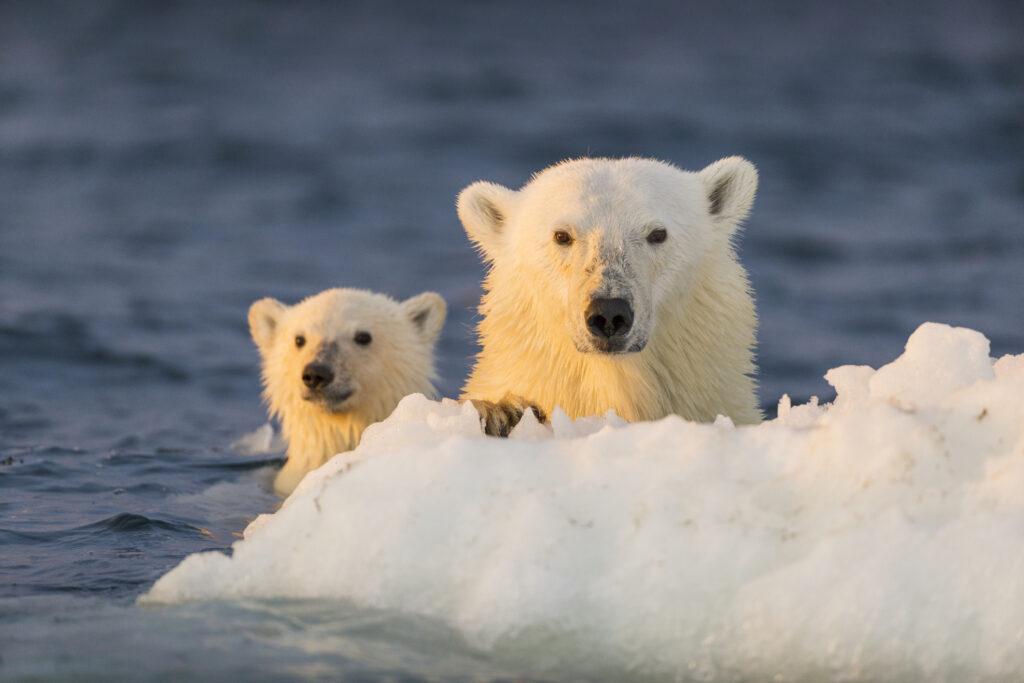Al Gore is back in the headlines, this time telling a Kansas audience their 1930s Dust Bowl conditions will soon return unless we stop using fossil fuels. We hope the Kansans will not be too alarmed, because Gore’s recipe for environmental salvation is actually the only sure way to bring the Dust Bowls back.
It’s true the Dust Bowl occurred during a severe drought, and the Great Plains does have droughts. The Dust Bowl, however, was essentially a soil erosion phenomenon. The decades before the 1930s had been wetter than normal on the prairie. Lured West by rain-fed high grain yields and free land, homesteaders plowed up huge tracts of semi-arid soils. Apparently, no one warned them about the high variability in Great Plains moisture.
Worse, before they settled there, hunters had cleared out the herds of nitrogen-producing bison. By the 1930s, the soils of the plains had been “farmed out” by 50 years of cropping without any bison manure to restore nitrogen to the soil. When the long drought hit, the root systems of grasses and grains were weak. With no roots to hold the soil, the always-strong prairie winds took over. They whirled millions of tons of soil up into Black Blizzards that choked people and buried towns.
It was a national tragedy. Thousands of farmers pulled up their homestead stakes, loaded their families into wagons and pickup trucks, and fled the region.
One of the Black Blizzards blew clear to Washington, DC, bringing the news, so to speak, directly to the Congress, such that they could hardly even see the Capitol! Congress quickly created the U.S. Soil Conservation Service. Agriculture experts sensibly advised the farmers to rotate their crops and begin using leveled crop terraces to prevent water erosion. Their best advice, however, was to start restoring the soil nutrients with industrial fertilizers — especially nitrogen.
Another major drought occurred in the 1950s — but this time the new technology protected against devastating soil erosion. Today’s farmers use both nitrogen fertilizer and no-till farming to cut their soil erosion by up to 95 percent. The big problem for Gore is that no-till requires herbicides to kill the field weeds, and natural gas is essential to the production of nitrogen. Al Gore wants to ban both technologies.
We are still not home free. Looking back through history, the Great Plains have had far more severe droughts than the 1930s. There was in fact a century-long mega-drought from 1200 to 1300 AD. This vast rain failure extended from California to today’s Chicago. In the rain shadow of the Rockies, the Great Plains turned to dust. Hundreds of Indian cultures disappeared or were forced to migrate. The only city the Amerindians ever built — near today’s St. Louis — was among the vanished.
We now know this particular abrupt climate change was triggered by a collision between the cold phase of the 60-year Pacific Ocean cycle and the warm phase of the Atlantic 70-year cycle. The U.S. mainland gets much dryer when the Atlantic Multidecadal Overturning warms, as it is doing now. Another mega-drought could happen any time Mother Nature chooses to deliver it. Fossil fuels will have no role causing it, though they can play a vital role in protecting America’s heartland — but only if people don’t take Al Gore’s advice.
If the former Vice President is going to deliver the next Dust Bowl, he will need far stronger magic than he used to create his prize-winning movie. He still has not warmed the planet, and we will not let him take away the new farm technologies that sustain us despite nature’s damaging twists of fate.
[Originally published at Daily Caller]





